Blockchain: Revolutionizing Industries with Decentralization

Introduction:
In the digital age, the term “blockchain” has transcended its origins in cryptocurrency, evolving into a revolutionary force reshaping industries across the spectrum. This article dives into the transformative power of blockchain technology, exploring how decentralized systems are challenging traditional norms and fostering innovation.
Foundations of Blockchain Technology:
Begin by elucidating the foundational principles of blockchain technology, such as decentralization, immutability, and transparency. Clarify how a distributed ledger system operates and how it ensures secure, tamper-resistant records.
Cryptocurrency and Beyond:
Discuss the role of blockchain in the rise of cryptocurrencies like Bitcoin and Ethereum. Emphasize that beyond financial transactions, blockchain’s potential spans a myriad of industries, ushering in a new era of trust and efficiency.
Supply Chain Reinvented:
Explore how blockchain is disrupting supply chain management. Illustrate real-world examples of how decentralized ledgers enhance traceability, reduce fraud, and optimize logistics, transforming the way products move from manufacturers to consumers.
Smart Contracts and Automation:
Dive into the concept of smart contracts and their impact on industries like legal, real estate, and insurance. Explain how self-executing contracts on the blockchain streamline processes, reduce costs, and mitigate disputes.
Decentralized Identity and Privacy:
Examine blockchain’s role in decentralized identity management. Discuss the potential for individuals to control their digital identities securely, minimizing the risks associated with centralized data storage and enhancing privacy.
Healthcare Transparency and Security:
Explore how blockchain is revolutionizing healthcare by ensuring the integrity of medical records, facilitating secure data sharing, and streamlining processes like insurance claims. Discuss the potential to improve patient care and reduce administrative complexities.

Tokenization of Assets:
Illustrate the concept of tokenization and its impact on asset management. Discuss how blockchain allows for fractional ownership of assets like real estate or art, democratizing investment opportunities and increasing liquidity.
Energy Trading and Sustainability:
Examine blockchain’s role in transforming the energy sector. Discuss how decentralized systems enable transparent and efficient energy trading, as well as the potential for blockchain to support sustainable practices in renewable energy.
Challenges and Scalability:
Acknowledge the challenges facing blockchain adoption, including scalability issues, energy consumption concerns, and regulatory hurdles. Discuss ongoing efforts to address these challenges and ensure the widespread acceptance of blockchain technology.
Global Collaboration and Standardization:
Highlight international efforts toward standardizing blockchain protocols and fostering collaboration. Discuss how a unified approach can accelerate the adoption of blockchain across borders and industries.
Conclusion:
As blockchain continues to weave its decentralized tapestry across industries, this article concludes by emphasizing the ongoing paradigm shift. Encourage readers to envision a future where blockchain is not just a technology but a cornerstone of a more transparent, secure, and collaborative global ecosystem.





